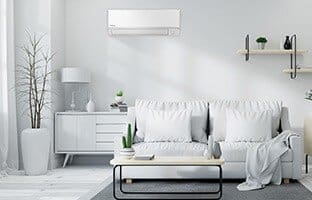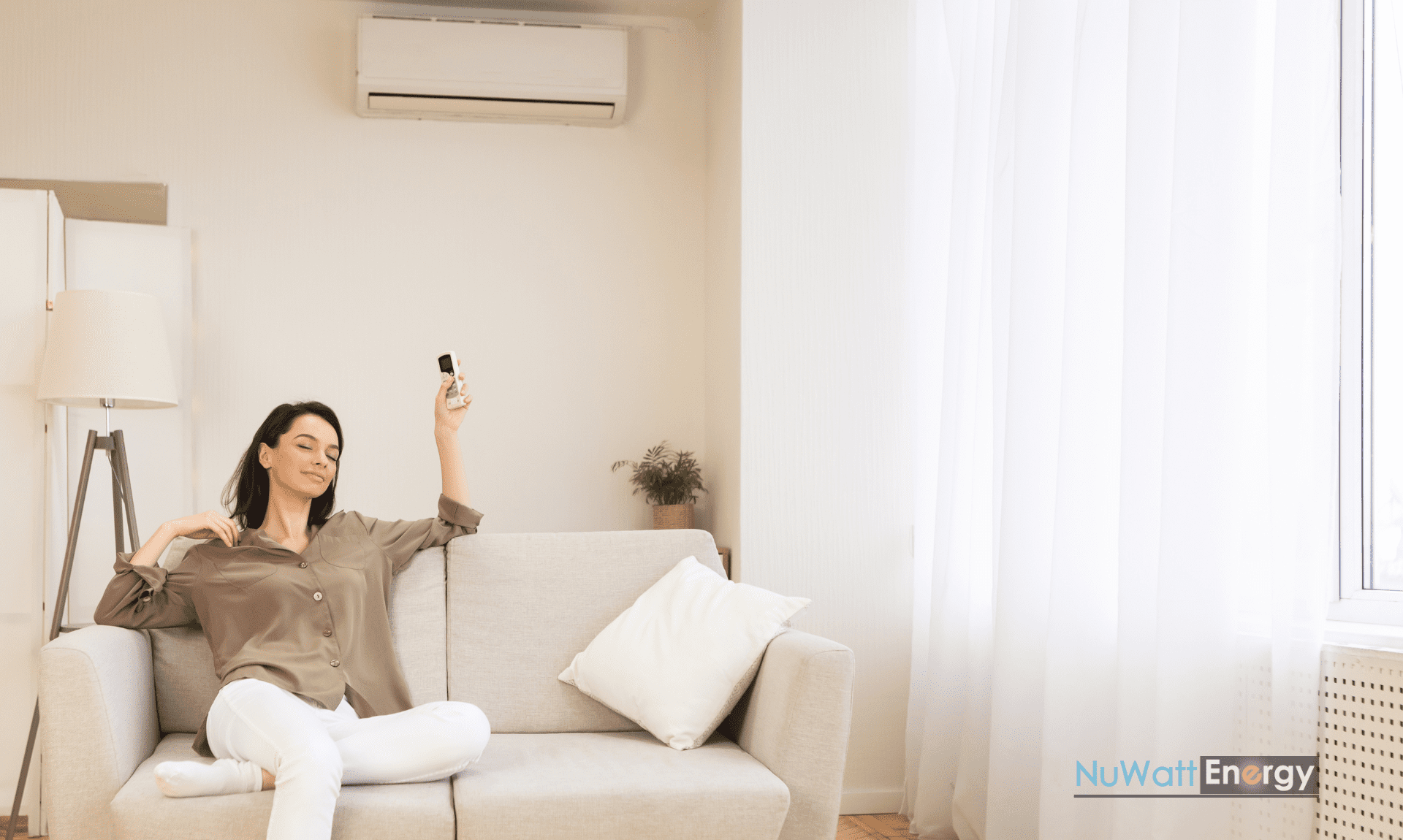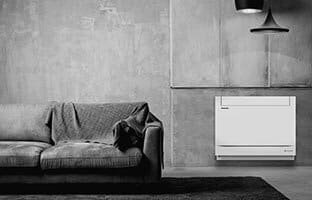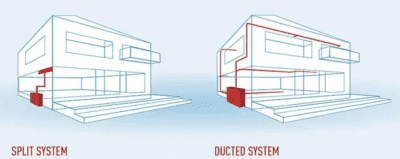The Guide to Ductless Mini-Split Heat Pumps
What is a Mini-Split Heat-Pump?
Ductless heat pumps, or mini-split heat pumps, are an alternative to radiators or baseboard heating, as well as a replacement for window units for cooling.
But what exactly allows a mini-split heat pump to do its job so well? Let’s take a look.
While a conventional central air conditioner generates cold air at a single point and distributes air via ducts throughout the house, mini-splits don’t need full-sized air ducts to work and use an individual fan and evaporator unit for each room as needed.
Mini-split heat pumps are also known as ductless mini-split air conditioners, ductless ACs, or mini-split air conditioning systems and do not rely on ducts for transferring heat.
Besides, unlike central conventional systems that run typically on oil derivatives, ductless mini-split systems use electricity that can be sourced from renewable energy, such as solar, which makes them environment friendly and their running costs more economical and more predictable than oil-based counterparts.
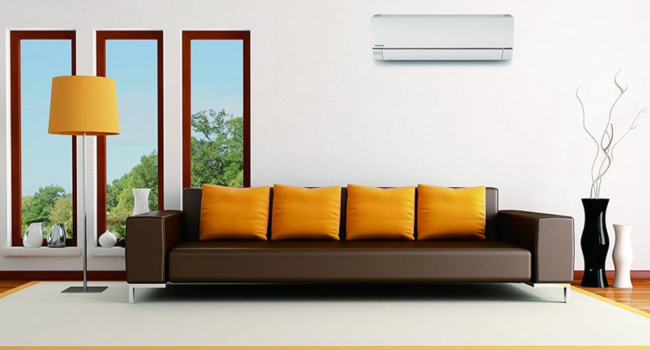
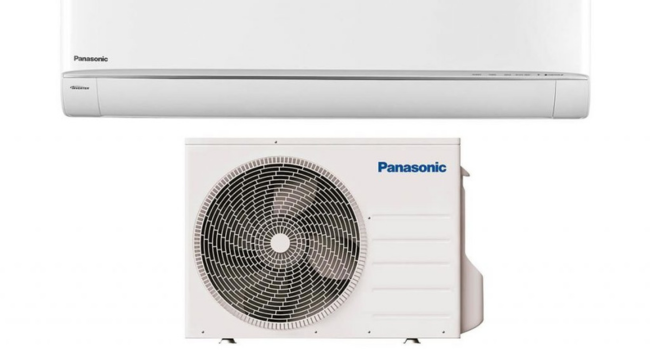
What are the Components of Ductless Mini-Split Heat Pumps?
Mini-split heating systems have two primary units consisting of an outdoor compressor and an indoor evaporator. They consist of an outdoor compressor unit and an indoor air handler that work together to regulate the temperature in each area. This allows homeowners to have precise control over the temperature of each room, without the need for ductwork. The term "split system" comes from the fact that there is both an outdoor unit and an indoor unit(s).
The difference between ducted heat pump systems and traditional AC systems is that heat pumps provide both heating and cooling, while conventional central air systems generally just provide cooling and are often paired with a furnace to send heat through the duct system. While ducted heat pumps are more efficient than traditional central air, they both distribute air through duct systems, making them both much less efficient and flexible than mini-split systems.
They offer the convenience & flexibility of ductless indoor air-handlers along with the heating & cooling power & efficiency of heat pumps. This combination has become so popular that when you hear someone say, "mini-split", "heat pump", or a blend of the two words, it is likely that they’re referring to this powerful type of HVAC system.
One of the biggest benefits of mini-splits is their flexibility and ability to zone heat or cool specific areas of a home or building, rather than heating or cooling the entire space. This allows for greater energy efficiency and cost savings, as well as improved comfort control.
Mini-splits are also easier to install than ducted heat pump systems or central AC systems, as they don't require existing ductwork or extensive renovations. Furthermore, mini-splits are often more reliable and require less maintenance than ducted systems, making them a more convenient option for those who want a worry-free heating and cooling solution.
Additionally, mini-splits are often quieter and more discreet, making them a more appealing option for those looking to maintain the aesthetic of their home or building.
How Mini-Splits Inhibit Odor and Bacteria Potential
While central cooling and heating systems require annual cleaning and maintenance, many ductless mini-split systems have air-purifying technology that enhances the house's or business's air quality.
According to research by Panasonic, air conditioners with Panasonic's proprietary nanoe™ X technology deodorize while also inhibiting up to 99% of common viruses and bacteria.

Why Choose a Mini-Split System over Traditional Central Air or HVAC?
